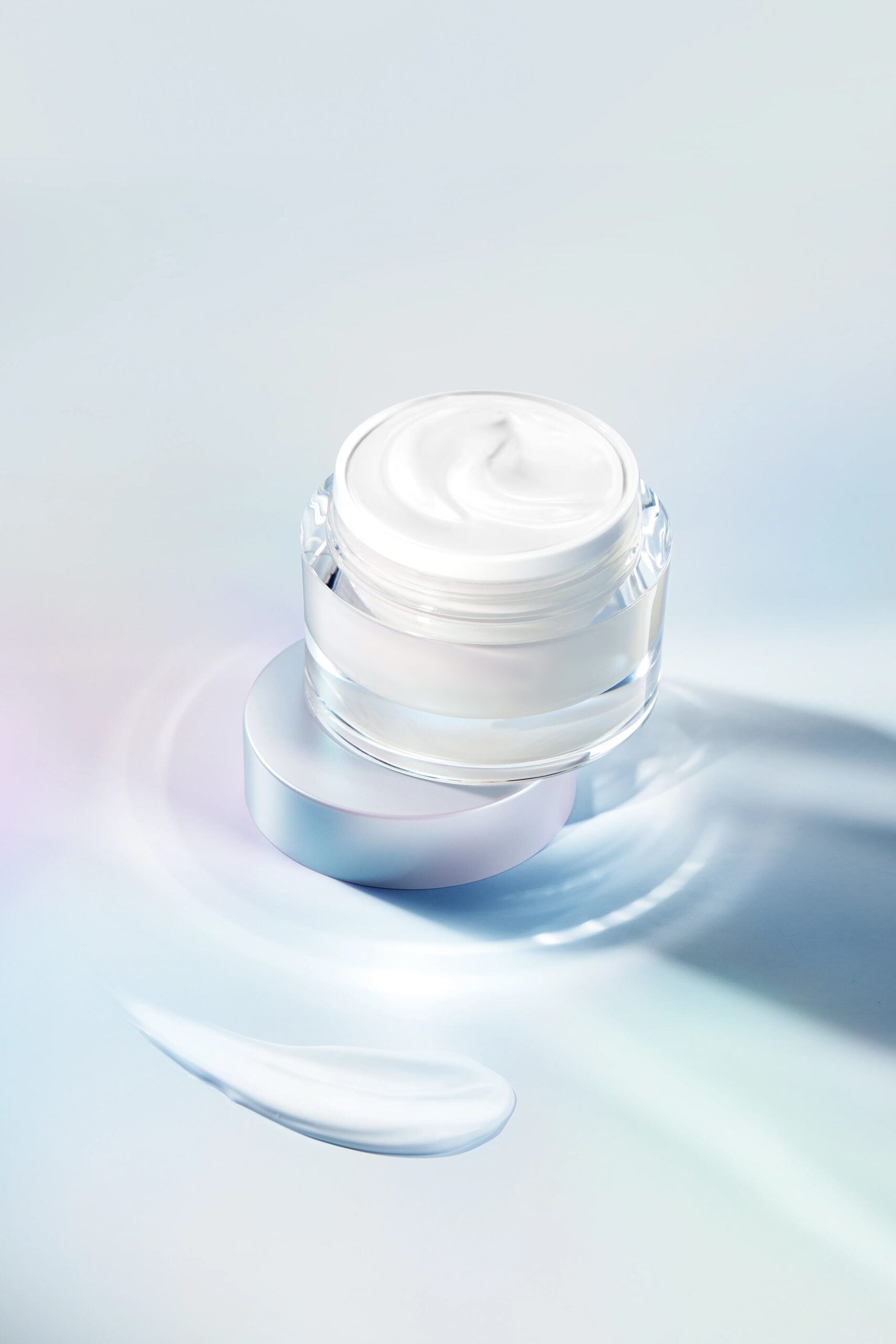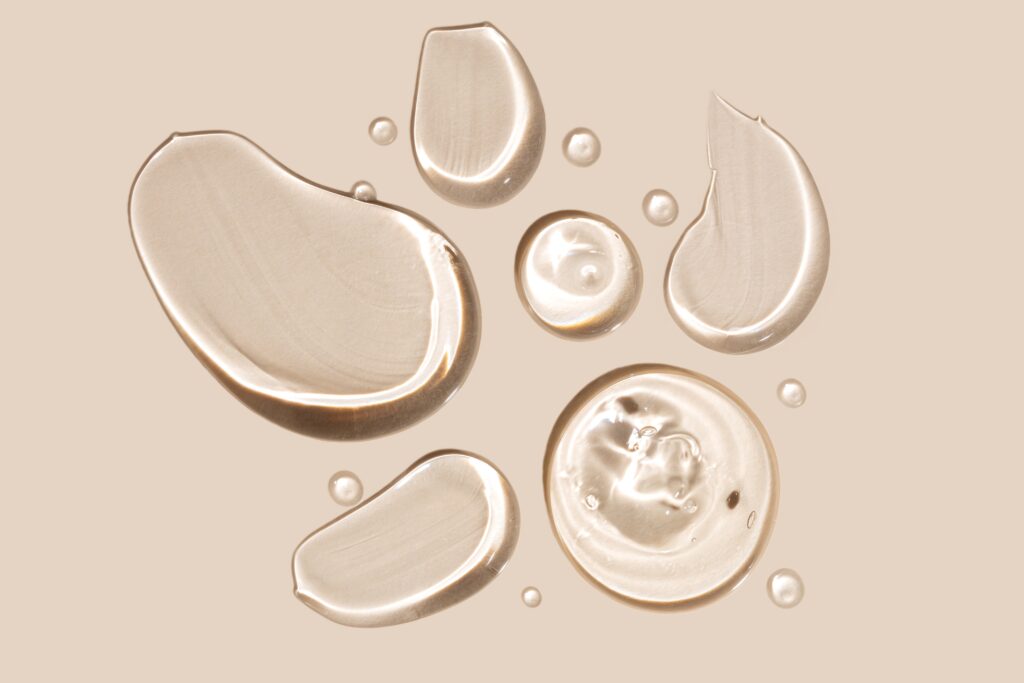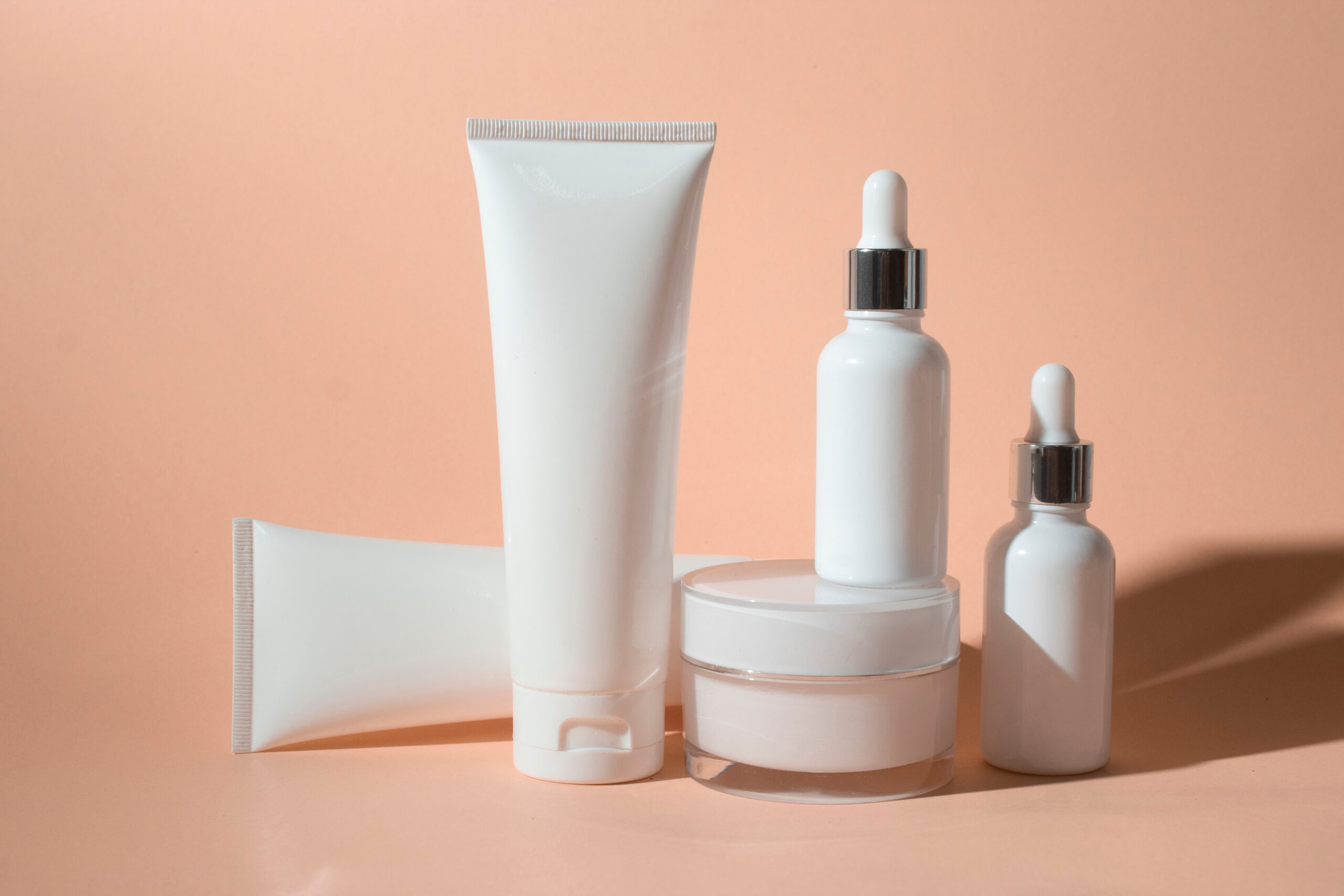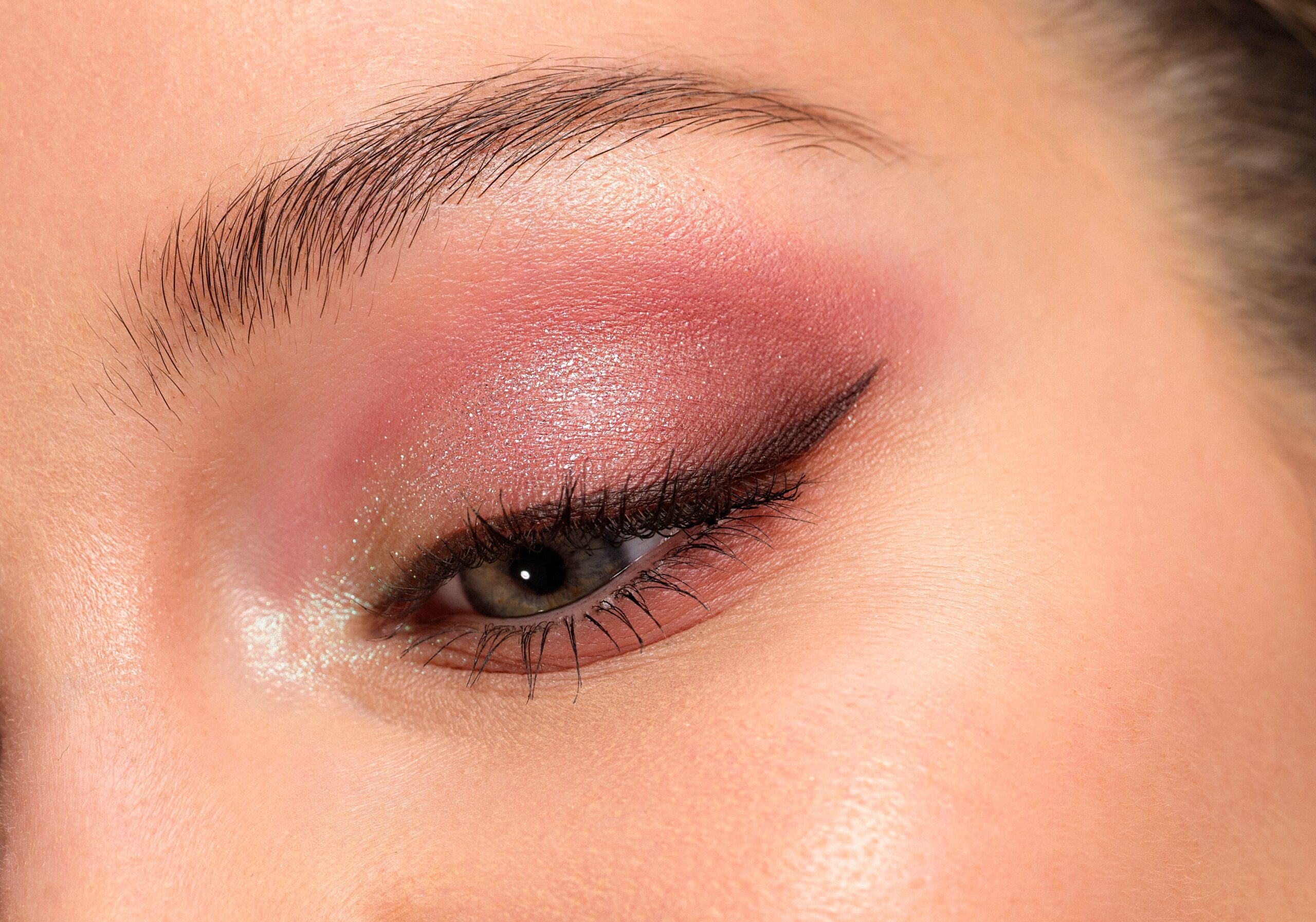
Face Masks Decoded: Clay, Sheet, Gel — What’s Best for You?
Face masks have gone from spa-day luxury to bathroom-cabinet staple. But with so many options out there — clay, sheet, gel, peel-off — it can feel overwhelming to choose the right one. The good news? Each mask has a specific purpose, and once you understand what your skin actually needs, it’s easy to find your match. This guide breaks down the different types of face masks, what they’re best at, and how to use them for glowier, happier skin.
Outline
- Why Use a Face Mask?
- Types of Face Masks and What They Do
- Clay Masks
- Sheet Masks
- Gel Masks
- Cream Masks
- Peel-Off Masks
- Overnight Masks
- How to Choose the Right Mask for Your Skin Type
- How Often Should You Use a Mask?
- Tips for Getting the Most Out of Your Mask
- Final Thoughts
Why Use a Face Mask?
Face masks aren’t a necessity in your skincare routine — but they are a brilliant bonus. Here’s what they’re great for:
- Giving your skin a concentrated boost of hydration or treatment
- Tackling specific concerns like oiliness, dullness or breakouts
- Creating a little self-care moment (because, yes, you deserve it)
⏳ Think of them as a 10–20 minute power-up for your skin.
Types of Face Masks and What They Do
Let’s break down the most common types of masks and what each one’s best at:
Clay Masks
Best for: Oily, acne-prone, or congested skin
What they do:
- Absorb excess oil
- Unclog pores
- Detoxify the skin
Common ingredients:
- Kaolin clay (gentler)
- Bentonite clay (stronger)
- Charcoal (draws out impurities)
🧼 Avoid using clay masks too often — they can be drying if overused.
Sheet Masks
Best for: Dry, dehydrated, or dull skin
What they do:
- Deliver hydration and serum-like ingredients
- Soothe and plump the skin
- Create a barrier to help ingredients absorb deeply
Popular ingredients:
- Hyaluronic acid
- Aloe vera
- Vitamin C
- Niacinamide
Great for travel, quick fixes, or a mid-week skin treat.
Gel Masks
Best for: Sensitive, dehydrated or irritated skin
What they do:
- Cool and soothe
- Hydrate and refresh
- Calm redness or inflammation
Often contain:
- Cucumber
- Chamomile
- Green tea
- Aloe
Pop them in the fridge before use for extra soothing power.
Cream Masks
Best for: Dry, mature, or stressed-out skin
What they do:
- Deeply nourish
- Repair the skin barrier
- Replenish lost moisture
Hero ingredients:
- Shea butter
- Ceramides
- Squalane
- Peptides
Think of cream masks like a rich moisturiser on overdrive.

Peel-Off Masks
Best for: Blackheads, dullness, or texture issues (in moderation)
What they do:
- Remove dead skin cells
- Lift surface-level impurities
- Provide that oddly satisfying peel
Key ingredients:
- Fruit enzymes
- Charcoal
- Glycolic acid
Can be harsh — avoid if you have sensitive skin or active breakouts.
Overnight Masks
Best for: Anyone wanting a lazy-but-effective treatment
What they do:
- Work while you sleep to repair and hydrate
- Seal in your evening skincare
- Wake you up looking refreshed
Common ingredients:
- Hyaluronic acid
- Retinol (gentle forms)
- Ceramides
- Panthenol
Use in place of night cream once or twice a week.
How to Choose the Right Mask for Your Skin Type
| Skin Type | Best Mask Type | Why It Works |
|---|---|---|
| Oily | Clay, Peel-Off | Absorbs oil, unclogs pores |
| Dry | Cream, Sheet, Overnight | Deep hydration, barrier repair |
| Combination | Multi-masking (e.g. clay on T-zone, cream on cheeks) | Customised approach |
| Sensitive | Gel, Sheet | Soothing, gentle ingredients |
| Acne-Prone | Clay, Gel | Calms inflammation, clears pores |
| Mature | Cream, Overnight | Nourishing, anti-ageing benefits |
How Often Should You Use a Mask?
- Clay/peel-off masks: 1–2 times per week
- Hydrating/sheet/gel masks: 2–3 times per week (or as needed)
- Overnight masks: 1–2 times per week, or whenever your skin feels thirsty
Listen to your skin — if it’s feeling tight, red, or over-treated, ease off.
Tips for Getting the Most Out of Your Mask
- Apply to clean skin — always start with a fresh face
- Use a brush or spatula for hygienic and even application
- Don’t leave it on too long — more time doesn’t equal better results
- Follow with a moisturiser to seal everything in
- Relax while you mask — it’s called self-care for a reason
💡 Multi-masking is a great way to address more than one skin concern at once.
Final Thoughts
Face masks are fun — but they’re also functional when used properly. The key is to match the right mask to your skin’s current needs and not to overdo it.
So whether your skin is crying out for hydration, detox, or just a little pampering — there’s a perfect mask for that.
🧖♀️ Face masks aren’t magic, but they’re a great way to press pause, treat your skin, and feel good while doing it.


